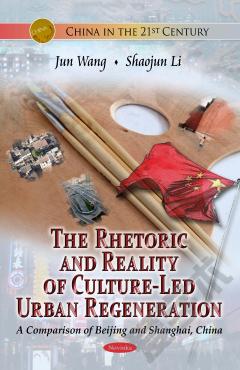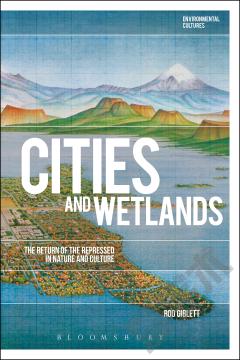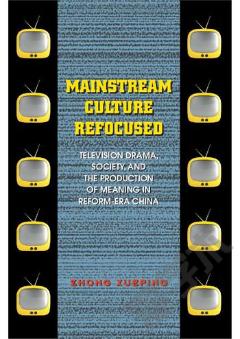The Rhetoric and Reality of Culture-Led Urban Regeneration: A Comparison of Beijing and Shanghai, China
It did not take long for the two megacities of Beijing and Shanghai to embrace the fashion of culture-led urban regeneration. Forerunner is the case of Beijing 798, wherein a semi-abandoned factory was gradually turns to the largest cluster of art production and art consumption. The process never runs smoothly as this zone is planned as high-tech industrial zone according to the comprehensive plan. During the past years, artists petitioned for preserving the factory, claiming that the preservation is significant in conserving historical buildings and sustaining the only and largest 'artists' village'. This book analyses the differences of the two culture-led regeneration projects, the spatial outputs of which stem from different cultural circumstances and, respond to power relationships of a variety of actors in the urban regimes.
{{comment.content}}








 京公网安备 11010802027623号
京公网安备 11010802027623号